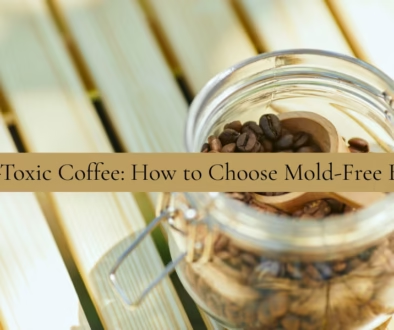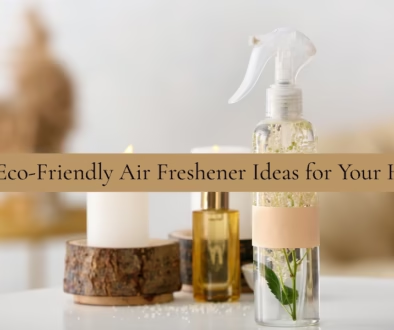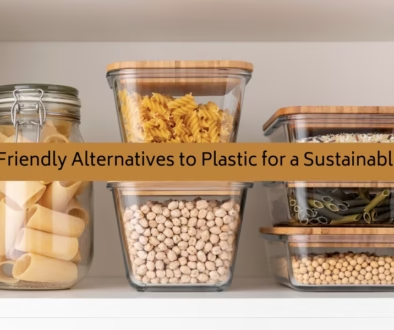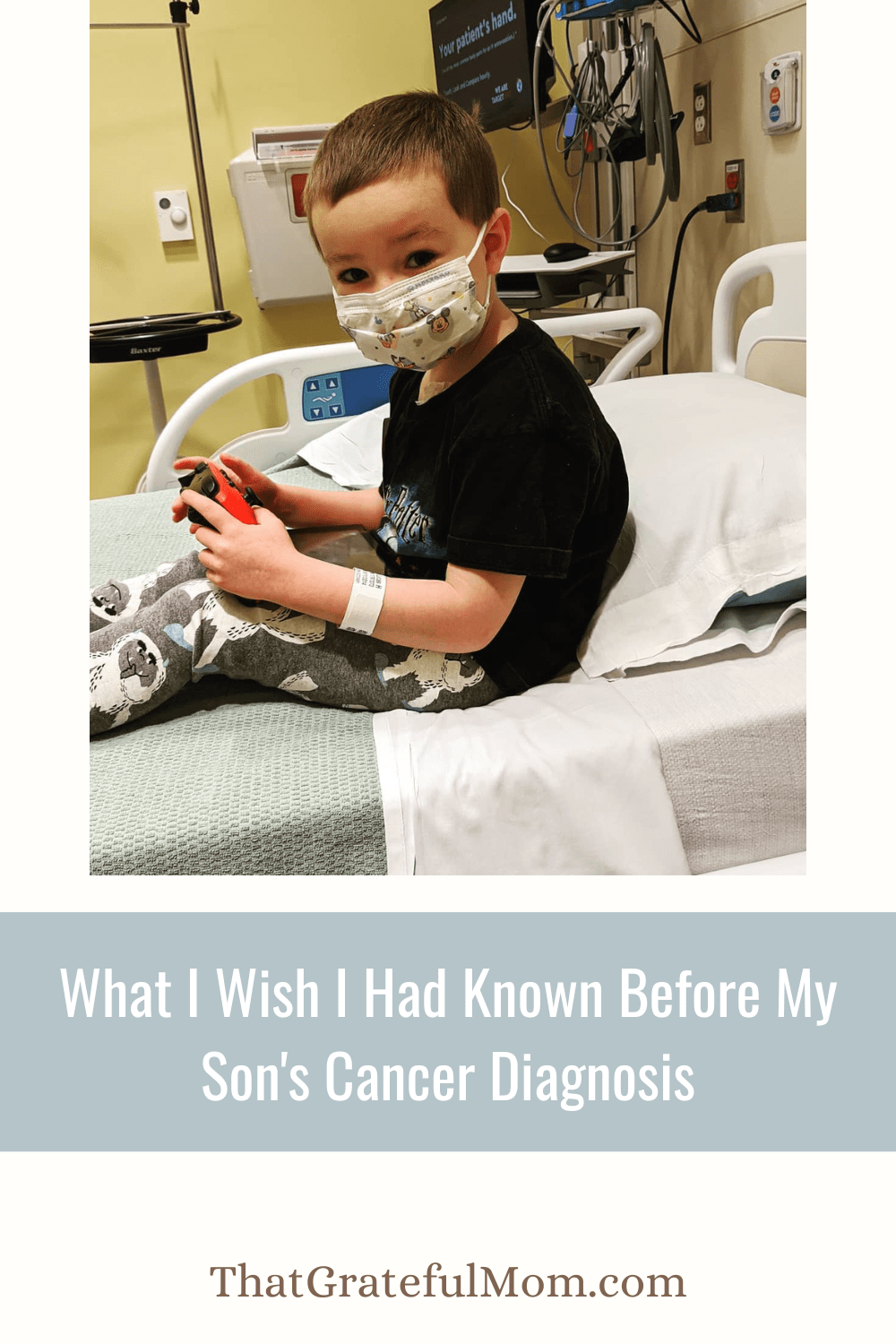
Childhood Cancer Prevention: What I Wish I Had Known Before My Son’s Diagnosis.
When my son was first diagnosed with cancer, we were told there were no genetic or environmental factors that caused his cancer. It was just ‘bad luck’. That didn’t sit well with me, and I knew I needed to start researching our lifestyle and food choices. Around 90% of all cancer is caused by environmental factors. (NIH) So how in the world was it okay for providers to tell us that there were no factors that caused our son’s cancer? With Childhood cancer on the rise, prevention should be our main focus. It’s a devastating reality that we have to face, but 1 in 284 children are diagnosed with cancer before their 18th birthday.
This post is hard for me to write, but it’s necessary. I wish I had known how to prepare for Luke’s journey. How to prevent his cancer in the first place. I would have done everything in my power to change our way and help protect our son. And maybe it would have done nothing, but at least I could have tried. When you know better you do better, and if I can help even one parent make a change to protect their child, I’ll do it.
In this post, we’ll chat about the following:
- Things I wish I had known before my son was diagnosed with cancer
- Harmful ingredients linked to cancer
- Safer options to consider for childhood cancer prevention
- How to start making changes to aid childhood cancer prevention
I want you to know something before we start; I am simply speaking from experience and sharing what we do in our home to protect our family as best we can. Childhood cancer prevention should be our main focus. Prevent the disease before it even starts. If this isn’t your thing, or you disagree with what we’re doing for our kids, that’s totally fun. But we feel best when we’re actively working to protect ourselves, and that’s what matters most to us. I have spent over 4 years researching alternatives, making changes, and trying to do better. I am no expert, but I am confident in the swaps we’ve made. If you’re interested in making changes, I hope you choose to follow along for more encouragement.
Things I wish I had known before my son was diagnosed with cancer
Before November 2018, cancer was just something that happened to the unfortunate. A leukemia diagnosis meant treatment, hair loss, and lots of hospital visits. It was hard for me to comprehend that not only do kids get cancer, too, but some of them don’t make it through treatment. It’s a heartbreaking reality for way too many parents.
I will never forget the day my son was diagnosed. Being pulled out of his room in urgent care and hearing the provider tell me that she thinks my son has leukemia, I can still feel my stomach drop. How pale he was, how exhausted and weak he was. For weeks we tried to get someone to take our fears seriously. And no one would. I was brushed off, told I was being dramatic, told it was just a virus and to take him home. It was more than a virus. Someday I’ll write his whole diagnosis story and share it. Today is not that day.
Your child will probably have to stay in the hospital multiple time
Lucas was hospitalized immediately after diagnosis. He spent about 2 weeks at the children’s hospital receiving treatment, blood products, and having a port placed to make treatment easier. I was not prepared for how hard it was to be separated from him and my husband while I was home with the rest of our children. I drove nearly 2 hours one way every single day after taking the kids to school so I could be with them during the day before turning around and driving back home to get my older kids from school and be with them for the evening. The emotional toll it took on us was tough to deal with. We had never been separated like that before, and it was emotionally draining. I would say goodbye to Luke and Drew and cry the whole way back home.
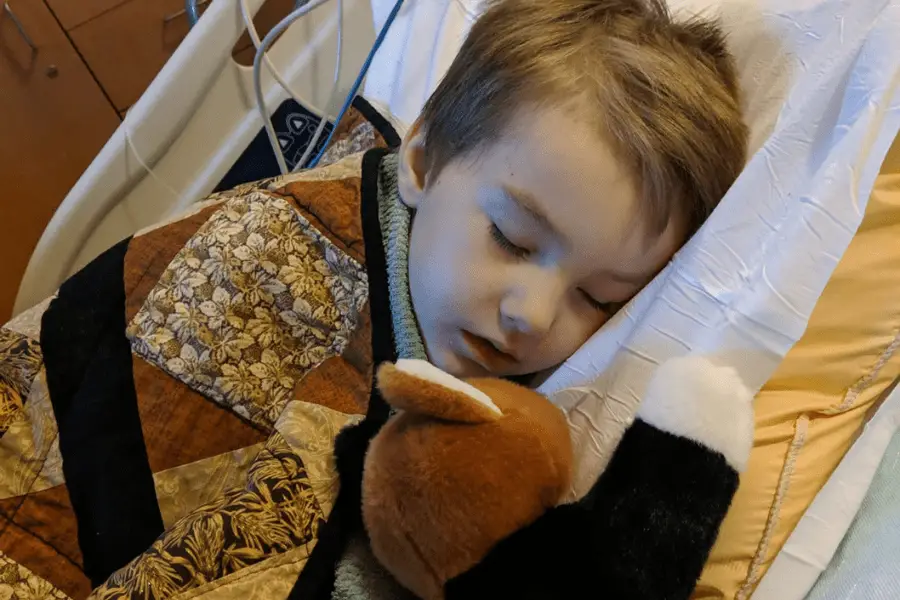
November 2018. Lucas right after receiving his first chemotherapy transfusion.
Nothing prepares you for discharge and the list of medications you’ll be responsible for
Once Lucas was stable enough to come home, I had to go through training to know how to administer chemo at home, potential issues he may face, and what warrants a trip back to the ER. I wish I knew how to explain the fear and weight I felt walking out of the hospital knowing that if I messed up his at-home care, it could mean a potential relapse. Those first few weeks at home were terrifying.
Your child will lose their hair
Most people know that chemo equals hair loss. But when It’s your own child, nothing can brace you for that. Lucas’ hair started falling out in clumps about 2 weeks after he started chemo. It was everywhere. All over his pillow, clinging to his clothes and toys. We couldn’t hug him without getting hair all over us. He decided to shave it one day after feeling itchy and it broke my heart to see his little bald head.
You will cry. A lot.
I mentioned earlier in this post that I would cry all the way home every day after saying goodbye to Lucas and Drew every day, but it didn’t stop there. I cried cleaning the house, disinfecting the bathrooms after Lucas had a puking fit, and kissing his sweet face before anesthesia would put him to sleep for a procedure. Thinking about the future would make me cry because we just didn’t know what to expect. His prognosis was ‘good’, but that didn’t mean we weren’t fearful.
Providers don’t talk about nutrition enough
Our oncologists told us to feed him whatever he wanted. Cake? Absolutely. French fries at 3 am, go get them. There was no mention of supporting him through nutrition. All they told us was that kids tend to lose weight and fattening them up is what matters most.
If I had known that there was a link between certain foods and chemicals and cancer, I never would have listened so blindly to the advice to just feed him whatever he wants. Nutrition needs to be talked about as much as chemo. Supporting your body through good nutrition not only helps you feel good but also prevents exposure to chemicals we now know are linked to cancer.
This is in no way passing judgment on others. Our family chooses to look at treatment for our son in a whole-body aspect. We want him to be as strong and healthy as possible, and that includes nutrition. We know that isn’t for everyone, but it’s what we’ve chosen to do for our family.
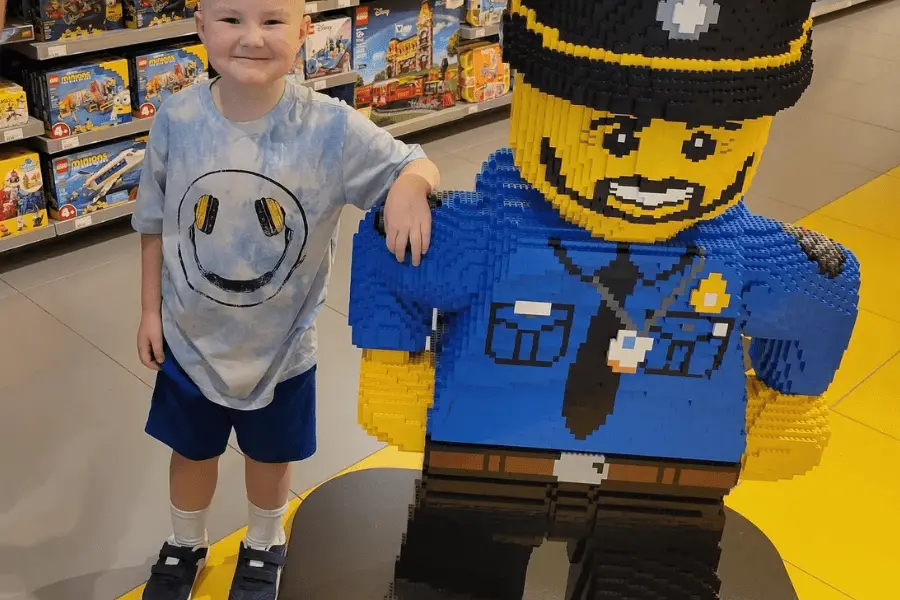
May 2021. Right before Lucas started radiation prep and bone marrow transplant.
Now that I’ve mentioned things I wish I knew before cancer changed our world, I want to talk about some of the things we choose to avoid as much as we possibly can to help prevent further harm.
Harmful ingredients linked to cancer
Providers don’t teach you to avoid certain chemicals, to look at products, and to research if there’s a safer option. They are taught to prescribe medications and create a plan of care. There’s no teaching or pamphlet handed out that tells you what chemicals to avoid. That’s on you a parent, and it can be so overwhelming. It has taken years to learn what I know, and I wish providers were taught about this more to help aid in childhood cancer prevention.
These are some of the chemicals we avoid whenever possible that are known carcinogens. Please know this list is not exhaustive. I post more about chemicals to avoid in this post as well as this post. I plan to share more each week about things we avoid, and swaps we’ve made to help protect our family.
Aspartame
Found in sugar-free drinks and some low-calorie candies, aspartame has been linked to cancer. The World Health Organization has said that there is a possible link between the chemical and cancer. The FDA does not agree at this time, but there is enough evidence out there for us to choose to avoid it. The sad thing is that aspartame is found in a few chemotherapy drugs that are part of standard treatment protocols for multiple types of cancer.
Food dyes
There’s a lot of talk about food dyes right now and their connection to ADHD mostly, but Red 40, Yellow 5, and Yellow 6 are also found to be contaminated with benzidine and other carcinogens. These are common in candies, drinks, cereals, and even random things like oatmeal, salad dressings, and popcorn.
Pesticides
Shopping organic when you can is one of the best ways you can avoid pesticides. Shop the EWG’s Dirty Dozen and Clean 15 to help protect against exposure to pesticides. Organic foods are a bit more expensive, so start with the Dirty Dozen when you can, and go from there.
Weed killer
We have never been huge on making sure our yard is weed free or perfectly maintained, but for those who do, weed killer is known to contain glyphosate, a carcinogen sprayed on plants. It kills weeds, but also contaminates other plants. Shopping organic when possible, for products like flour, bread, and other grains.
Formaldehyde
Formaldehyde is found in so many personal care products, it’s nauseating. Shampoos, baby soap, makeup, medicines, and even fabric softeners. Formaldehyde is known to cause myeloid leukemias and is sometimes listed as methanal, formalin, FYDE, and paraform.
PFAs
PFAs are used in things like cleaning products, nonstick cookware, shampoo floss, nail polish, and more. They are linked to testicular and kidney cancers. It can be hard to avoid these, but a great place to start is by avoiding purchasing any items that are water-resistant. This is a good giveaway that they contain PFAs.
Phthalates
Used to make plastics more durable, phthalates are known to cause breast cancer and other health issues. They are found in things like cosmetics, plastic bottles and packaging, baby toys, soaps, and lotions.
Safer options to consider for childhood cancer prevention
We are always looking for safer options for products we use around our home and on our bodies. I have been researching products to use and chemicals to avoid for years now, and we still have areas that we could improve. Don’t let the fear or overwhelm stop you from trying.
Let’s go over some of my favorite swaps for products:
All-purpose spray- water and diluted vinegar
Window cleaner- water and diluted vinegar
Showers, tubs, and toilets- baking soda paste
Laundry- my homemade detergent recipe
Floors- castile soap in a bucket of hot water
Air freshener- Essential oils in a diffuser
Personal products:
EWG’s Skin Deep Database is a great tool to use for researching personal products. Always do your own research in addition to using the database.
I try to look for products that:
- Have minimal ingredients
- Are organic
- Do not use synthetic fragrances
These are the most important factors for us.
How to start making changes to aid childhood cancer prevention
My best advice is to start with one product at a time. Doing too much at one time is just going to overwhelm you and then you’ll end up discouraged. Choose one item in your home that you want to research and once you run out, purchase your replacement. Then keep going until you’re comfortable with the changes you’ve made!
Don’t feel like you can’t ever enjoy anything ever again. If you can’t enjoy your life because you’re too afraid of potential harm everywhere you look, you’re doing it wrong. Yes, there is reason for concern, but living a life full of fear is just as bad as never making any changes to your lifestyle. You have to find a middle ground where you can make changes and still enjoy your life.
Conclusion:
Our son’s cancer diagnosis changed our family in more ways than I can count. We have cleaned up many aspects that we never thought twice about before childhood cancer became part of our story. I wish we had known sooner that we were exposing our family to harmful chemicals, but we didn’t know any better at the time. We do now, and we know that childhood cancer prevention should be the main focus. Making changes in your life to help in that process is great. I share our story and our lifestyle to help encourage other moms who are starting to question things and wonder if they should make changes, too.
I hope this post has encouraged you to look at the products you’re using and helped you learn more about how you can help protect your family.
If you need more guidance on what chemicals to avoid, drop your email here, and I’ll send you my FREE Learn Your Labels Checklist. It’s a one-page download that lists 14 of the most harmful chemicals, what they are most commonly found in, and the potential harm they cause. Keep it on your phone for easy access and pull it up when you’re making a purchase!
Thank you so much for reading! Remember to share this post with a friend and Pin it to your favorite board on Pinterest.
I am so grateful you’re here!
-M
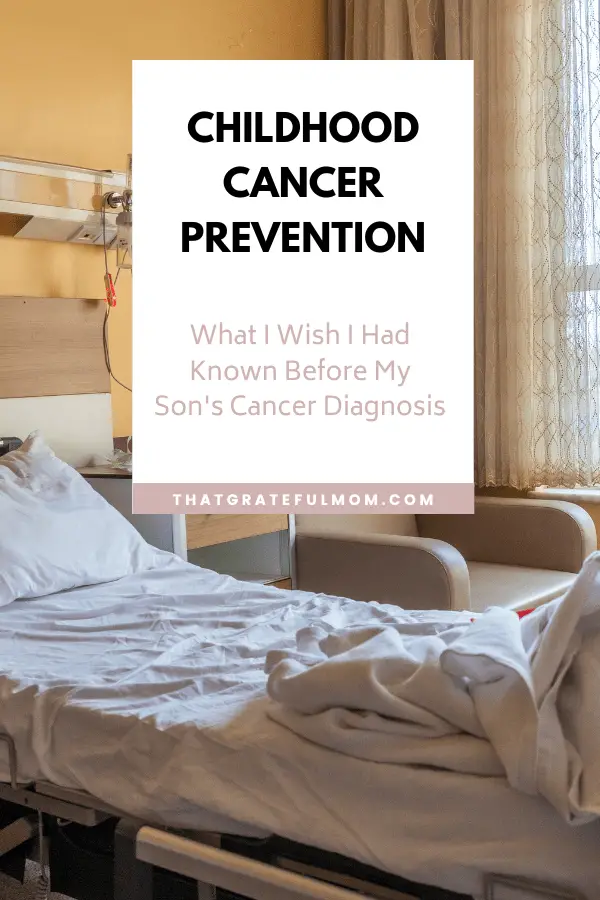
This site may contain links to affiliate websites including Amazon. I may receive an affiliate commission for any purchases made by you through Amazon or other potential affiliates and no additional cost to you. Thank you for your support.


